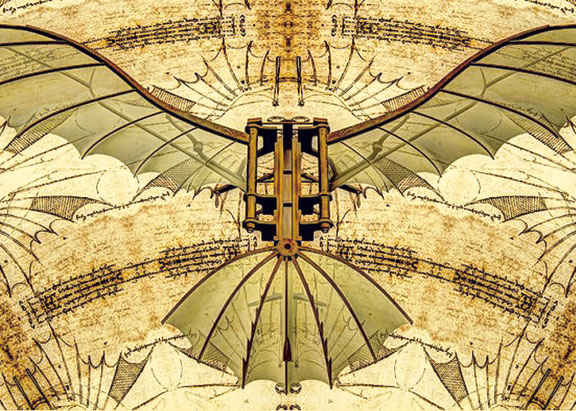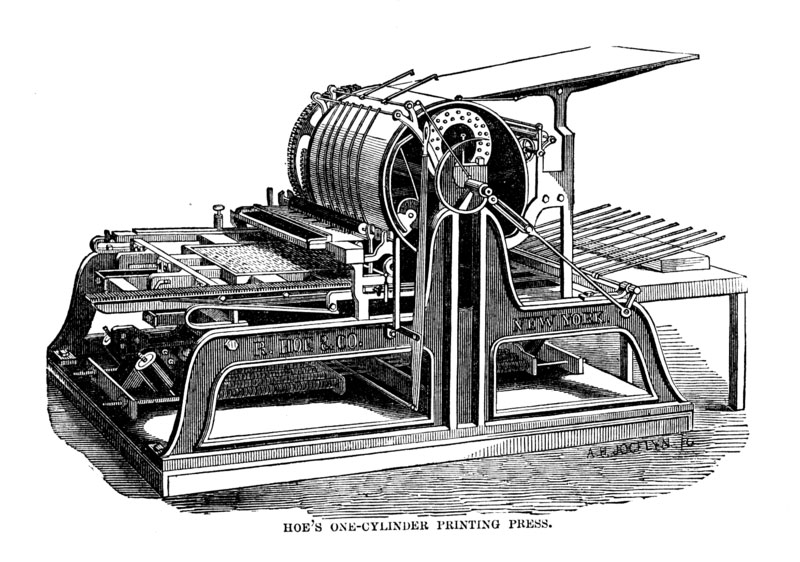The Next Big Thing
Technology is a funny thing. Even those most tuned into it don’t have much of an idea of what will come next – nor how it will impact our lives.
The one thing we can be sure of is The Law of Unintended Consequences. Dietrich Dorner, emeritus professor for General and Theoretical Psychology at the Otto-Friedrich University in Bamberg, Germany wrote a recent analysis of systems (technologies) that explained why system can be so difficult to understand – and thus why the
consequences of their adoption so difficult to anticipate. These include:
Complexity
Dynamics
Intransparence (the hidden parts and operations we can’t see and don’t even realize are taking place)
Ignorance and mistaken hypotheses
To this list I would add the excitement and enthusiasm about the evident benefits —or simple thrill— of a new technology that encourage its rapid, unquestioning and overwhelming adoption.
Last month, I wrote about how our devices are effecting our lives, communication, and behavior. But this is just the tip of the iceberg. Just as we think we have a handle on things, along comes another tool that simply didn’t exist, and now it does, and suddenly the world has changed. Utterly, permanently, and in ever-expanding ripples.
This was brought home to me in a couple of ways recently. I was following a bread-crumb trail of pre-history, and the tool-making that our far-distant ancestors used. One of these devices was a bone needle with an eye for the thread.
This may not seem like such a big deal: a needle, for Pete’s sake! But when put into context, it’s an extremely remarkable piece of tech without which the harsh winters of the last ice age might never have been survived. With it, people were able to stitch together hides and make clothing, tents, even the coverings for small boats with which they could stay warm and travel after game as it migrated away from the advancing ice sheets. Who first realized that the painful process of poking holes in hides and laboriously pulling a sinew through could be performed so much more easily and rapidly by simply pulling it with a needle? And by saving that time and labor, how much more could be done with the time and energy?
The wheel, in use since at least 3500 BC, meant speedy transportation, water power, grinding grain in massive quantities – and war engines, carrying people to distant places to live, and harnessing animals to carry heavy loads.
Concrete, an invention of the Romans, revolutionized the way a building was constructed. Prior to its being employed, stone was laid upon stone in intricate and perfect ways, but concrete, literally “cemented” things together, allowing for remarkably durable buildings, even up to and including our modern skyscrapers. But since buildings could go up and not just out, greater concentrations of people would live together in smaller areas, encouraging disease, pollution, and social stratification.
The printing press did more than simply enable the reproduction of the written word: it encouraged literacy, and fueled a religious reformation. As Mark Twain memorably remarked, “What the world is today, good and bad, it owes to Gutenberg.”
It goes almost without saying that refrigeration was another technological advance that sped man forward at an astounding pace – but perhaps carried in its wake the obesity we now suffer in advanced nations? With refrigeration, food could remain fresh longer, the labor to procure it reduced, and the amounts consumed increased without danger. Refrigeration also meant new drugs that needed to be carefully preserved, and ultimately, living longer, and in places in large numbers that were otherwise inhospitable (think of desert climates, for example).
Or take something as seemingly innocuous as the microwave oven. A great time saver – even power consumption reducer. But think of the ways in which it changed the dynamics of human interaction. Now, rather than sit at a table together with a family or friends and consume a meal prepared laboriously for the group, each individual can heat and eat whatever and whenever he or she chooses. The daily ritual of meal time has virtually disappeared for most of us.
Power, travel, communication, visual media, all have had profound and extreme impacts on who we are, how we live, and ultimately where we’re headed.

But while we can look back with great pride and amazement at the many technological innovations for which the human mind can be congratulated, we also have to admit that there have inevitably been unexpected —and sometimes negative— consequences of these innovations as well.
And we rarely have the prescience to imagine what the next Big Thing will be. A few minds have imagined the impossible, and simply lacked the ability to make it happen (think of Leonardo da Vinci and his flying machines; and have you ever heard of Cornelius Jacobszoon Drebbel, who, in 1620 made a working model of a submarine?) on a large scale or for any practical purpose. And when an innovation is embraced, like Rockefeller’s kerosene, derived from oil, that utterly changed the way we lit streets and homes, and ultimately fueled the internal combustion engine, or Henry Ford’s assembly line that sped the production of goods —lowering their price— the flip side of the coin of great value is almost inevitably the “tails you lose” other, usually unanticipated “other” side.
What will be next? Cryptocurrency and blockchain technology have the potential to disrupt financial transactions. Medicine and particularly the replacement of failing body parts with artificial but functional replacements have the potential to alter our concept of lifespan. And those phones in your pocket – well, who knows what power lurks there, waiting to be unleashed?
Of one thing I have no doubt: we’ll end up thinking, “I didn’t see that coming!”











